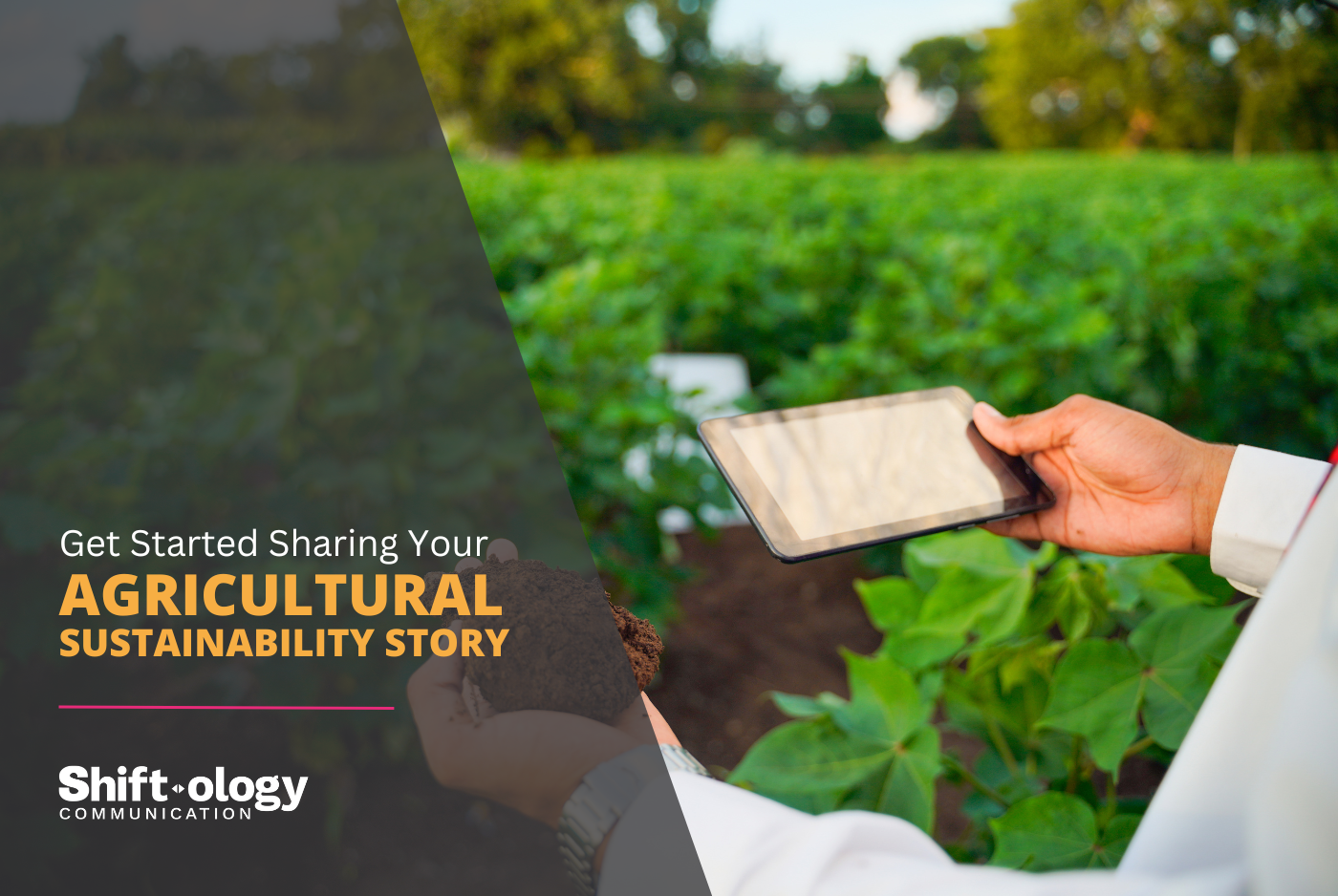Get Started Sharing Your Agricultural Sustainability Story
Sustainability is a multifaceted concept, especially for those doing business in agriculture and food production. For farmers and companies alike, reporting on sustainability efforts can seem daunting. Where do you begin? How do you determine what to focus on? Below are four steps to help simplify the process.
1. Determine your objective, categories of focus and key metrics.
Before diving into sustainability reporting, it’s crucial to establish a clear objective. What are you hoping to achieve? Are you aiming to reduce your carbon footprint, improve soil health or enhance water conservation or meet your customer’s requirements? Once your objective is set, identify the key categories of focus. These might include environmental impact, social responsibility, production efficiency or all of the above.
-
- Watch our podcast episode about sustainability reporting above.
- View Star of the West’s Sustainability Report
- View Cooper Farms’ Sustainability Report
- View more podcast episodes
After identifying your focus areas, determine the key metrics that will help you track and report your progress. For instance, if your goal is to reduce water usage, track metrics like water consumption per head of animals or product unit. Clear metrics not only provide direction but also allow for measurable progress over time.
2. Differentiate between what’s important to your customers or consumers versus what’s important to you as a company and personally.
Understanding the difference between what matters to your customers and what matters to you is essential in effective sustainability reporting. Consumers may prioritize transparency and ethical practices on topics such as antibiotic or pesticide use, while your primary concerns might involve operational efficiency or product quality.
Aligning your reporting to address both perspectives ensures that your efforts resonate with your audience while also staying true to your values. This balance can help build trust and strengthen your brand’s reputation in the marketplace.
3. Gather and sort through all the information to find your sustainability story.
Once your objectives, categories and key metrics are established, the next step is gathering data and finding valuable pieces of information. This might involve reviewing farm records, utility bills or even surveying employees or community members. The goal is to collect comprehensive data that accurately reflects your sustainability efforts.
However, raw data alone isn’t enough. Sorting through this information to highlight the most relevant and impactful findings is crucial. Focus on data that directly relates to your objectives, sets you apart and resonates with your audience. This will make your reporting more concise and meaningful.
4. Share the data in a way that resonates with your audience.
The final step is sharing your findings in a manner that engages and informs your audience. Consider the format that will best communicate your message—whether it’s a detailed report, an infographic, a video, or a social media campaign. Some customers may require specific data to be reported to them through their programs, while others and your community will want to see your story, not just pages of data.
Understand that some people may want to read pages of written content, while others will want more visually appealing communication. Use clear, simple language and visuals to make the data accessible. Highlight key achievements, challenges and future goals. The more relatable and transparent your reporting, the more likely it will build trust and credibility with your audience.
Sustainability reporting in agriculture doesn’t have to be overwhelming. By setting clear objectives, understanding your audience’s needs, gathering meaningful data and sharing your findings effectively, you can create a powerful narrative around your farm or company’s sustainability efforts.

